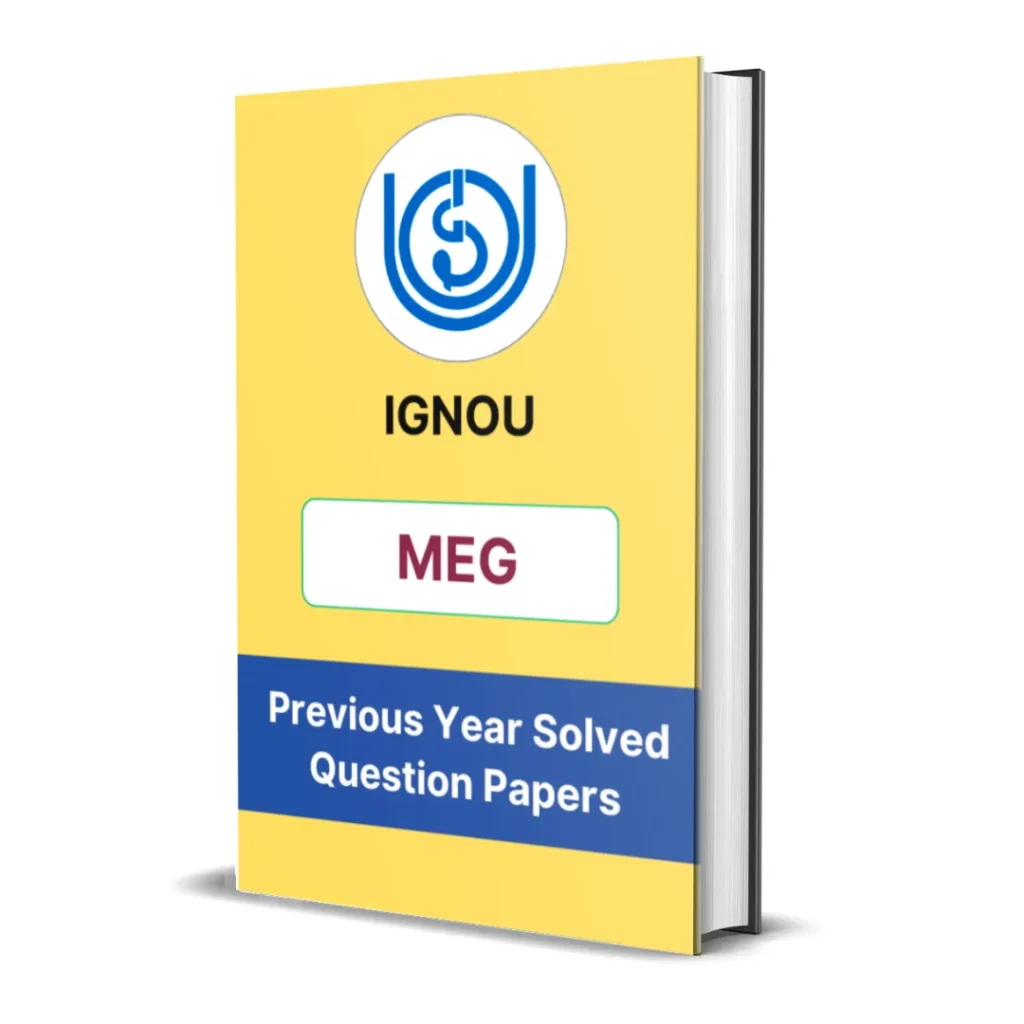IGNOU MEG-16 Block 7 Summary | Folk Theatre
- Last Updated On October 20, 2025
Table of Contents
Here you will get the detailed summary of IGNOU MEG 16 Block 7 – Folk Theatre.
We have provided the summary of all units starting from unit 1 to unit 4.

Unit 1 – Appropriation of Folk in Indian Theatre: Jatra, Kathakali, Tamasha, Nautanki and Pala
Unit 1 of IGNOU MEG-16 Block 7 focuses on the appropriation of folk traditions in Indian theatre, examining how forms like Jatra (Bengal), Kathakali (Kerala), Tamasha (Maharashtra), Nautanki (North India), and Pala (Odisha) have shaped the evolution of modern Indian performance. The unit highlights how these folk forms blend music, dance, storytelling, and improvisation to create a dynamic theatrical experience deeply connected to local culture and community life.
Each tradition carries distinct features—Jatra’s political immediacy, Kathakali’s stylized gestures, Tamasha’s satire, Nautanki’s melodrama, and Pala’s devotional narration—yet all share a communal and interactive spirit. The unit emphasizes how modern theatre practitioners have drawn upon these forms to express contemporary social and political realities, creating a bridge between folk heritage and modern aesthetics.

Unit 2 – Folk, Popular and Film
Unit 2 of IGNOU MEG-16 Block 7 focuses on the relationship between folk culture, popular entertainment, and cinema, exploring how traditional performance practices influence India’s modern media landscape. The unit discusses how folk narratives, motifs, and musical styles are adapted into popular theatre, radio, television, and especially film, thereby reshaping folk traditions for mass consumption.
Through examples from regional and Hindi cinema, the unit highlights how songs, dances, myths, and archetypal characters drawn from folk traditions are repurposed to convey modern social issues and emotions. It also examines the tension between authenticity and commercialization, questioning whether popular culture revitalizes or dilutes traditional forms. The unit ultimately presents film as a new arena where folk imagination continues to thrive and evolve within modern storytelling frameworks.

Unit 3 – Girish Karnad’s Hayavadana and Naga-Mandala
Unit 3 of IGNOU MEG-16 Block 7 focuses on Girish Karnad’s plays Hayavadana and Naga-Mandala, which exemplify the integration of folk elements, myth, and modern psychological insight in Indian theatre. The unit explores how Karnad uses folk theatre conventions—such as masks, chorus, songs, and storytelling—to create a hybrid form that resonates with both traditional and contemporary audiences.
In Hayavadana, drawn from the Kathasaritsagara and folk tales, Karnad examines themes of identity and completeness through symbolic and fantastical elements. Naga-Mandala, based on an oral tale narrated by women, explores love, fidelity, and female agency within a patriarchal structure. The unit highlights how Karnad’s plays reinterpret folklore to question modern existential dilemmas, establishing him as a major voice in postcolonial Indian drama that revives and redefines folk sensibility for modern theatre.
Unit 4 – Habib Tanvir’s Charandas Chor
Unit 4 of IGNOU MEG-16 Block 7 focuses on Habib Tanvir’s Charandas Chor, a landmark play that draws deeply from Chhattisgarhi folk theatre, music, and dialect to portray a witty yet morally profound narrative. The unit examines how Tanvir blends indigenous performance traditions with contemporary social commentary, creating theatre that is both entertaining and thought-provoking.
Based on a local folktale, the play tells the story of an honest thief, Charandas, whose integrity and defiance of authority expose social hypocrisy. Tanvir’s use of folk performers, live music, and spontaneous dialogue revitalizes the communal energy of traditional theatre. The unit emphasizes how Charandas Chor illustrates the fusion of folk aesthetics and political critique, making it a timeless example of how folklore can challenge power structures and affirm the dignity of ordinary people through the medium of theatre.